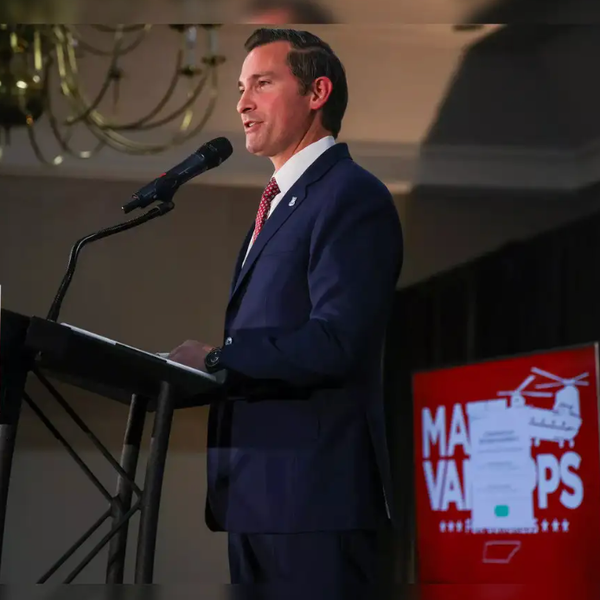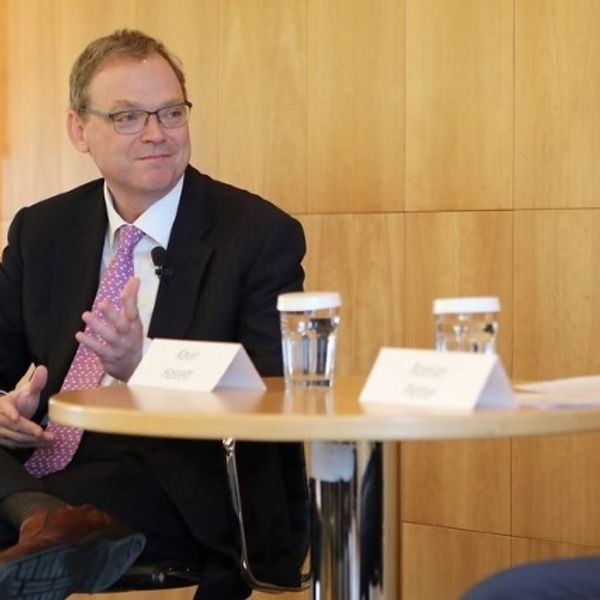
By Noam N. Levey, Tribune Washington Bureau
WASHINGTON — The large subsidies for health insurance that helped fuel the successful drive to sign up roughly 8 million Americans for coverage under the Affordable Care Act may push the cost of the law considerably above current projections, a new federal report indicates.
Nearly 9 in 10 Americans who bought health coverage on the federal government’s health care marketplaces received government assistance to offset their premiums.
That assistance helped lower premiums for consumers who bought health coverage on the federal marketplaces by 76 percent on average, according to the new report from the Department of Health and Human Services.
Premiums that normally would have cost $346 a month on average instead cost consumers just $82, with the federal government picking up the balance of the bill.
While the generous subsidies helped consumers, they also risk inflating the new health law’s price tag in its first year.
The report suggests that the federal government is on track to spend at least $11 billion on subsidies for consumers who bought health plans on marketplaces run by the federal government, even accounting for the fact that many consumers signed up for coverage in late March and will only receive subsidies for part of the year.
That total does not count the additional cost of providing coverage to millions of additional consumers who bought coverage in states that ran their own marketplaces, including California, Connecticut, Maryland and New York. About a third of the 8 million people who signed up for coverage this year used a state-run marketplace.
Federal officials said subsidy data for these consumers were not available.
If these state consumers received roughly comparable government assistance for their insurance premiums, the total cost of subsidies could top $16.5 billion this year.
That would be far higher than projections this spring from the nonpartisan Congressional Budget Office that the 2014 subsidies would cost the federal government $10 billion. Instead, the number would be more in line with earlier estimates from the budget office, which had been revised downward when analysts believed fewer people would sign up for coverage. In the end, enrollment exceeded expectations.
The state-based marketplaces — a centerpiece of the Affordable Care Act — enable Americans who do not get health coverage at work to select among plans that offer at least a basic set of benefits. The plans cannot turn away sick people.
Consumers who make less than four times the federal poverty level, or about $94,000 for a family of four, qualify for subsidies to offset the cost of their premiums in most places.
Obama administration officials Tuesday focused on the availability of affordable coverage for millions more consumers.
“What we’re finding is the marketplace is working. Consumers have more choices, and they’re paying less for their premiums,” Health and Human Services Secretary Sylvia Burwell said in a statement.
But officials who worked on the report refused to speak on the record or discuss the potential impact of the subsidies on the long-term cost of the health law.
Although the law’s costs have thus far been lower than projected, some experts question whether the subsidies will be sustainable.
The Congressional Budget Office estimated in April that the annual cost of subsidies will rise to $23 billion next year and $95 billion in 2024, although the budget office continued to project that all the law’s costs will be offset by additional revenue it raises and by cuts in other federal healthcare spending.
AFP Photo/Karen Bleier








